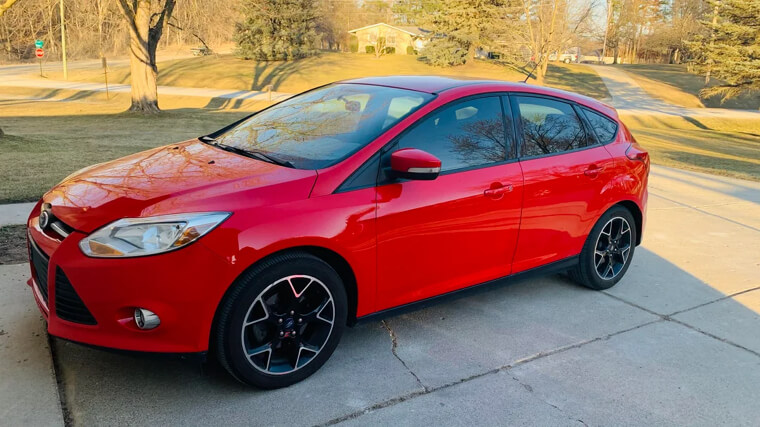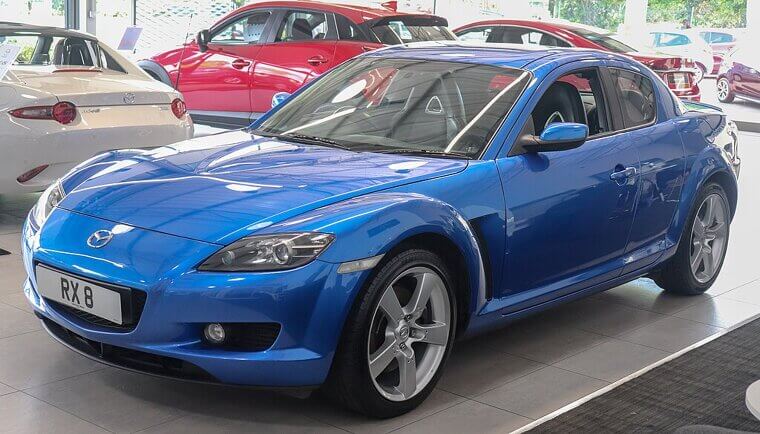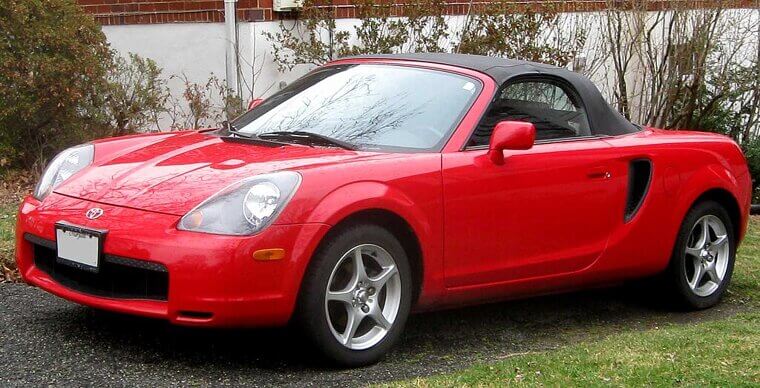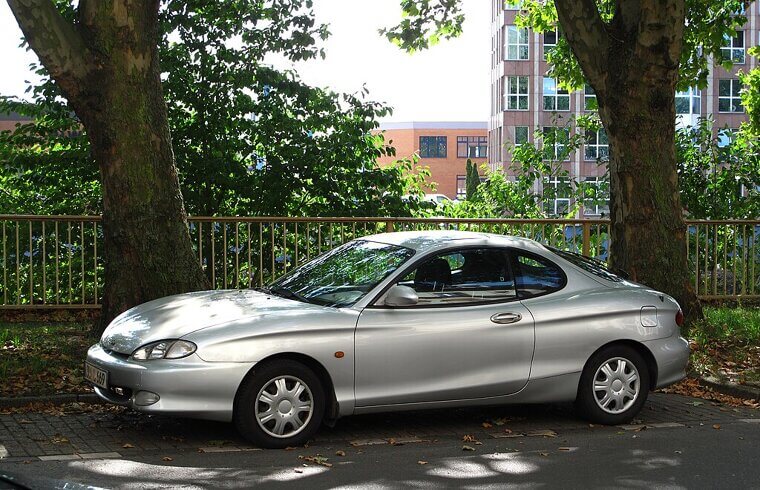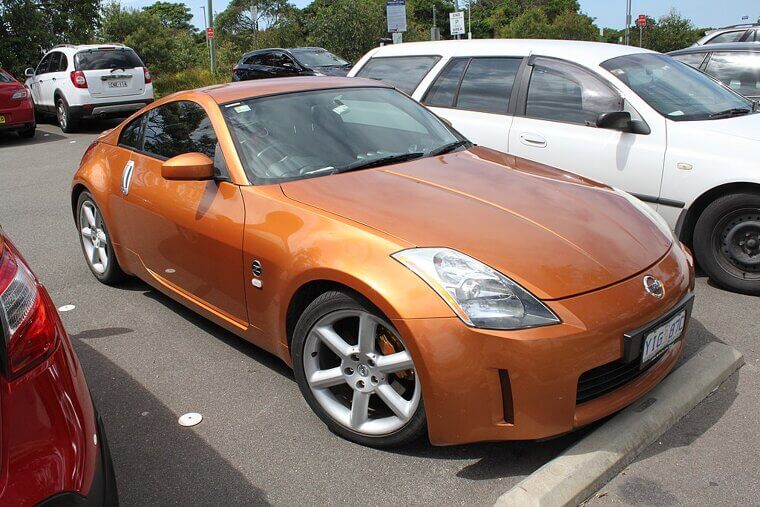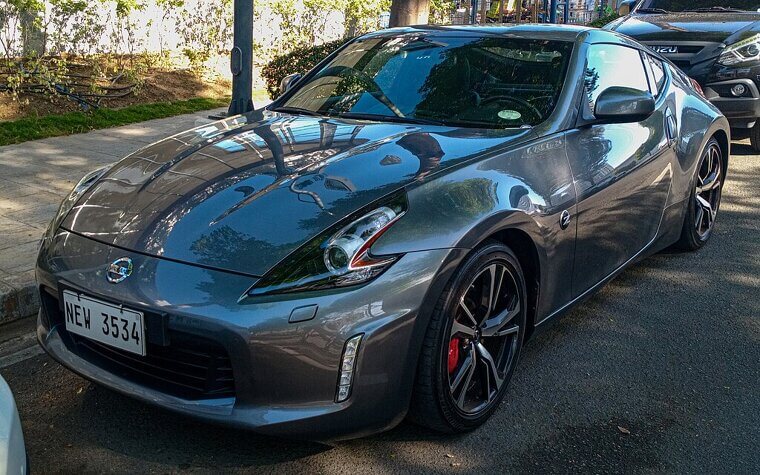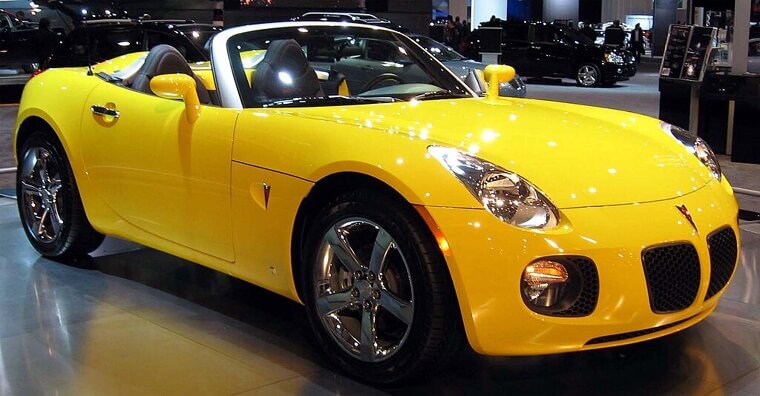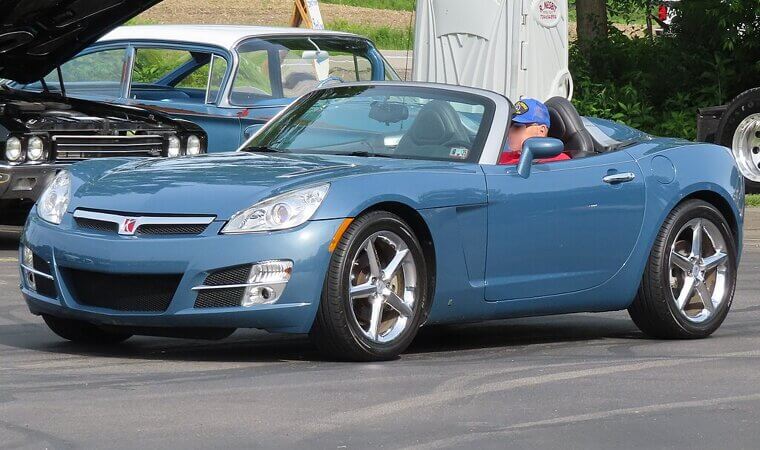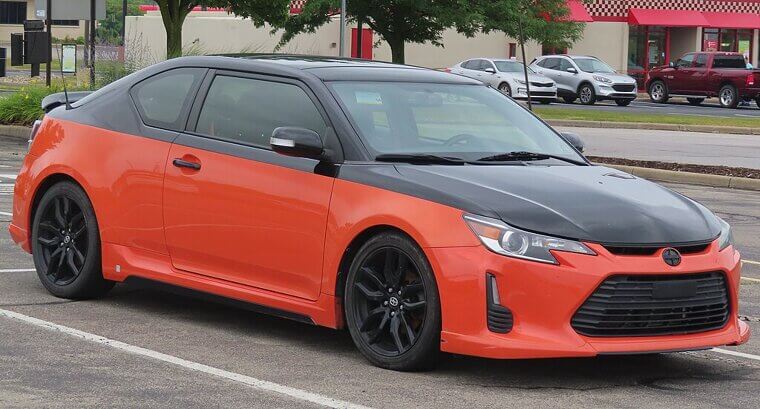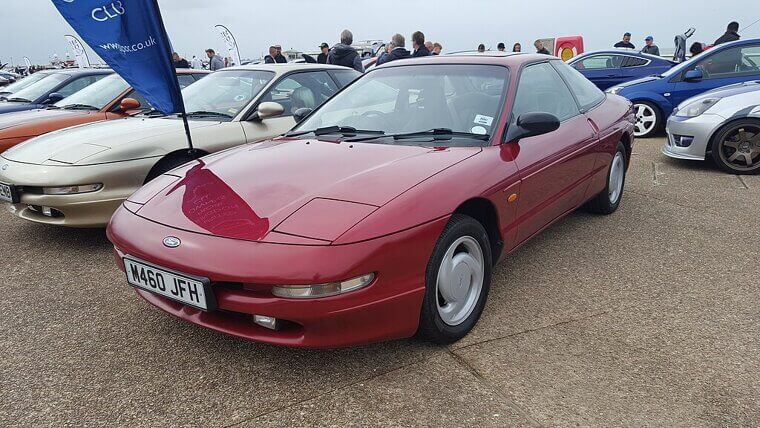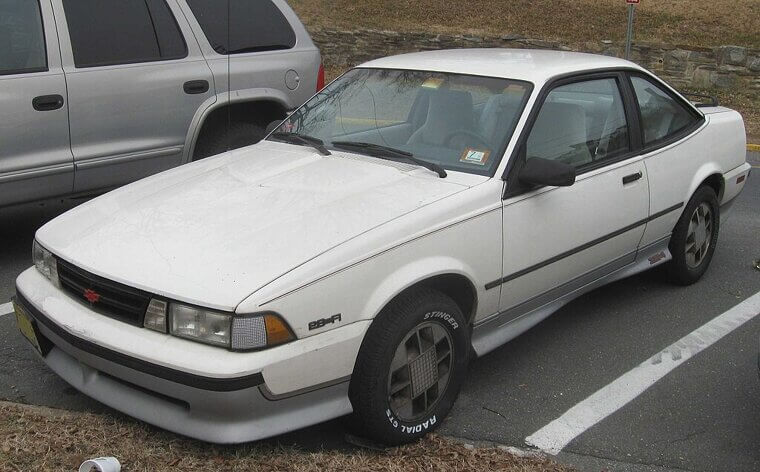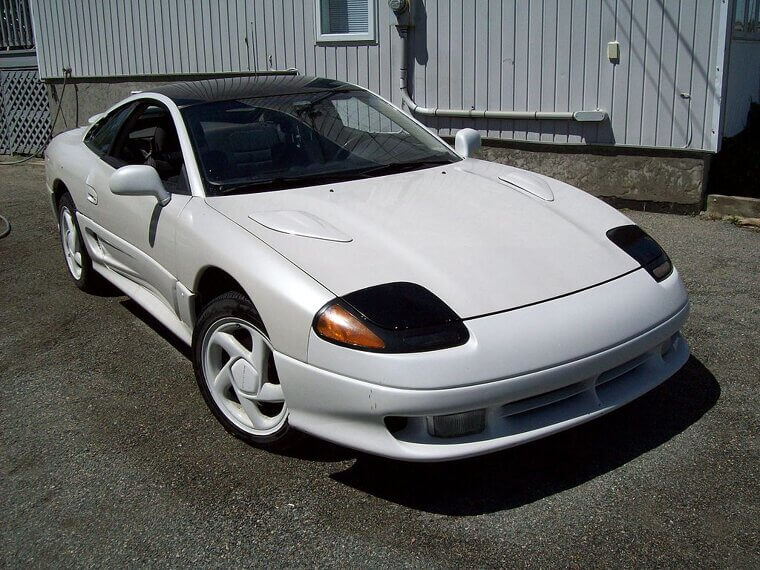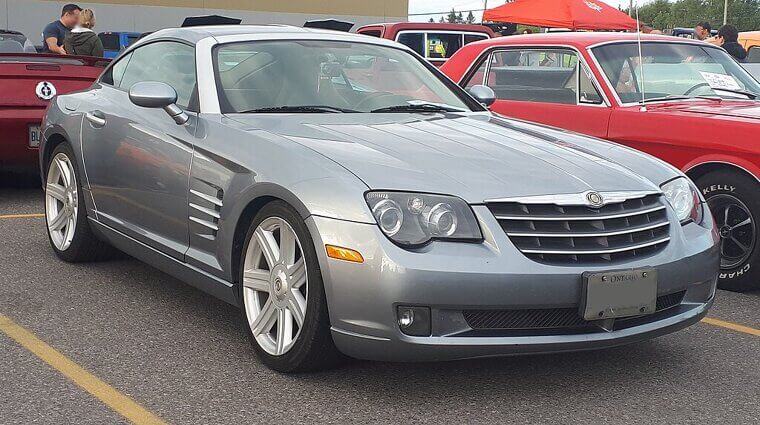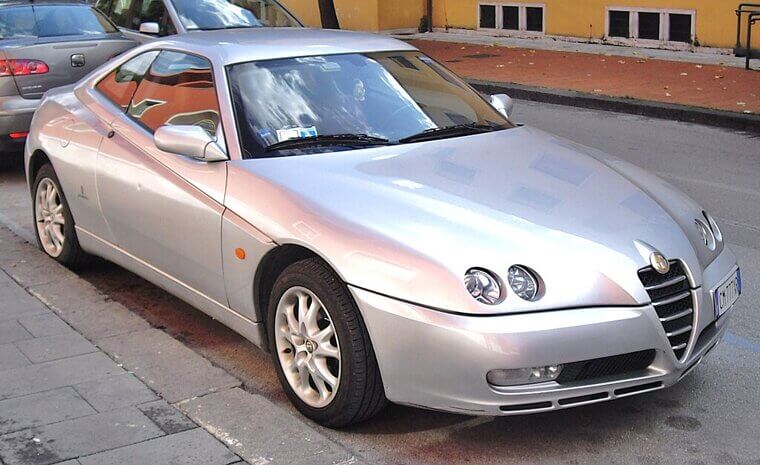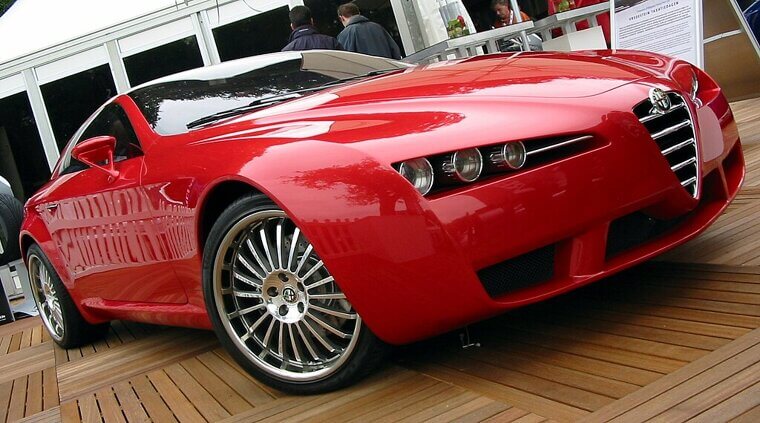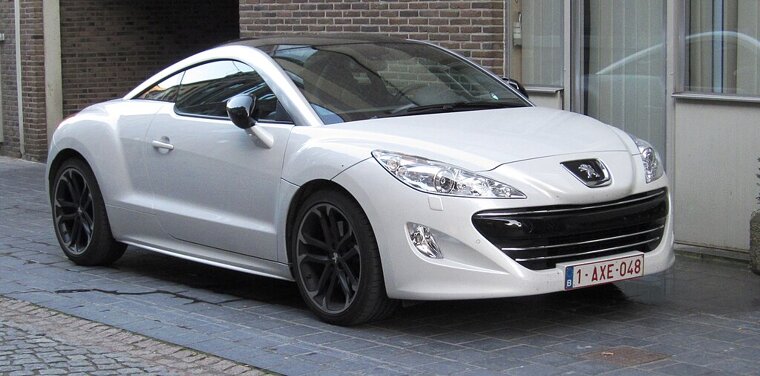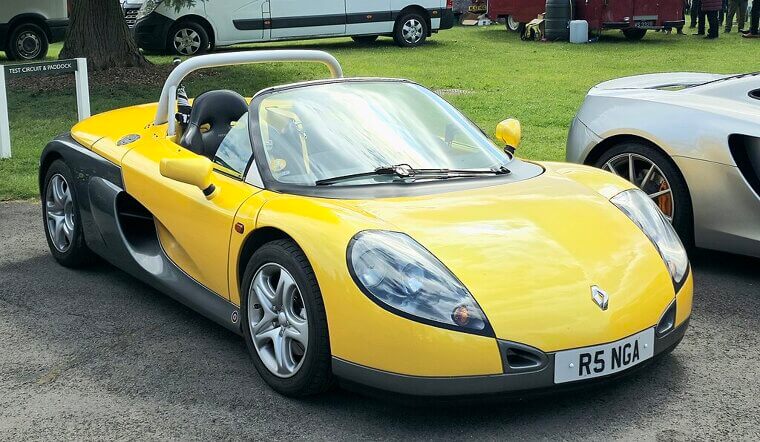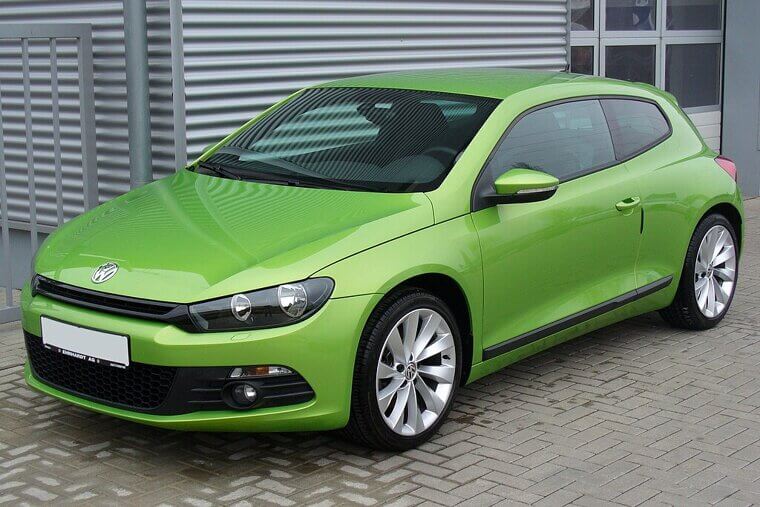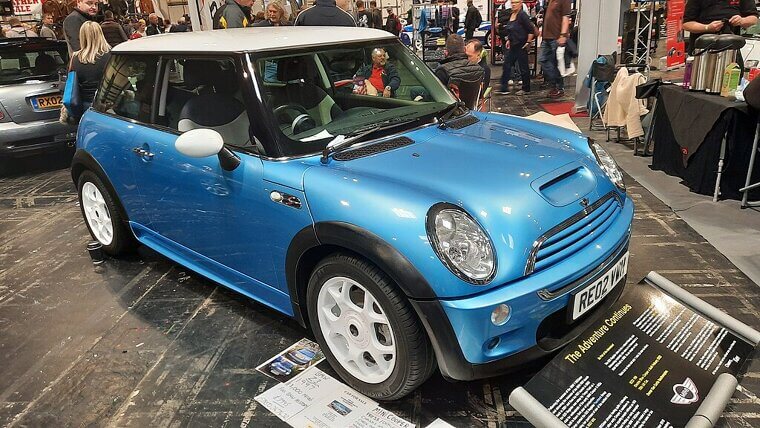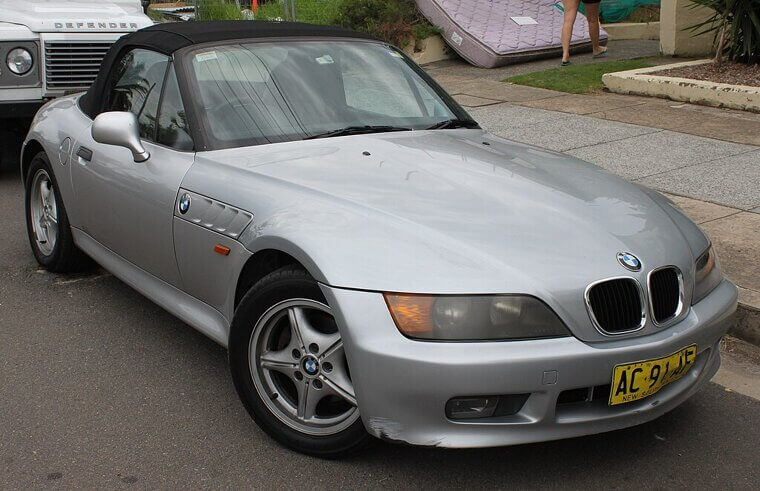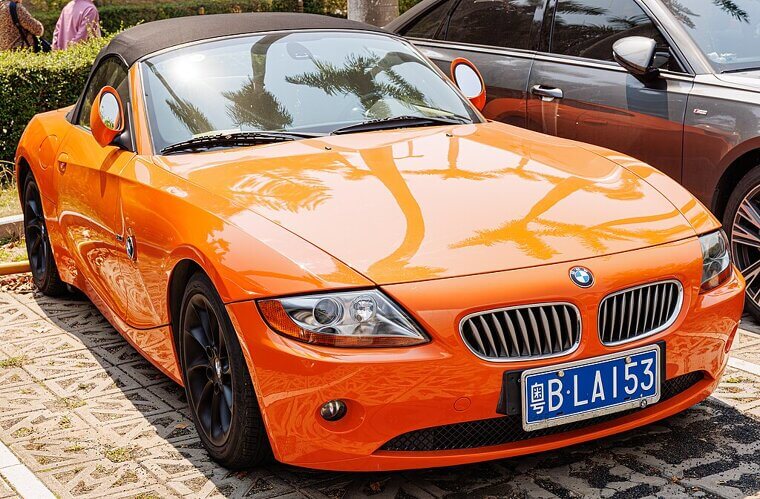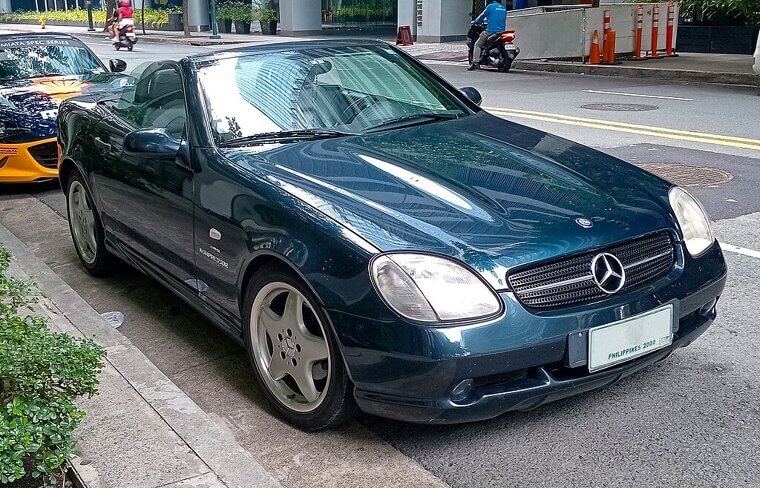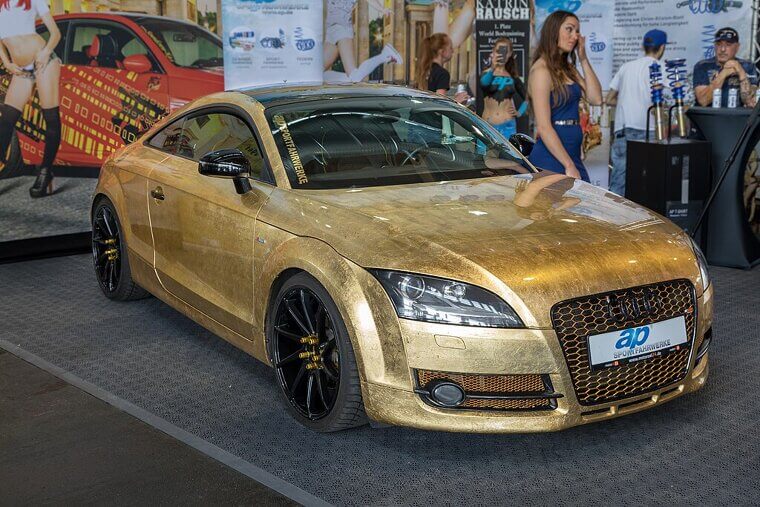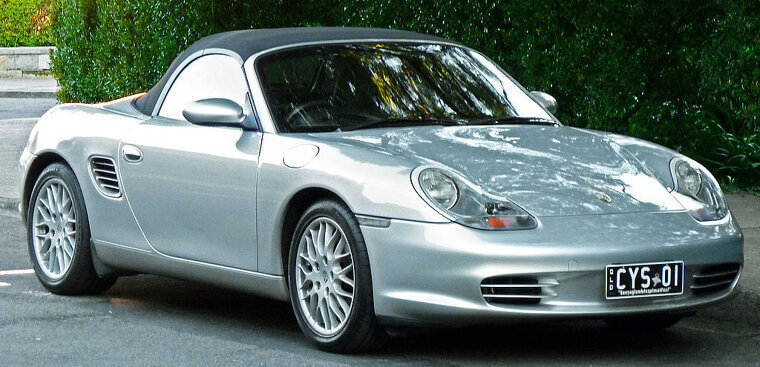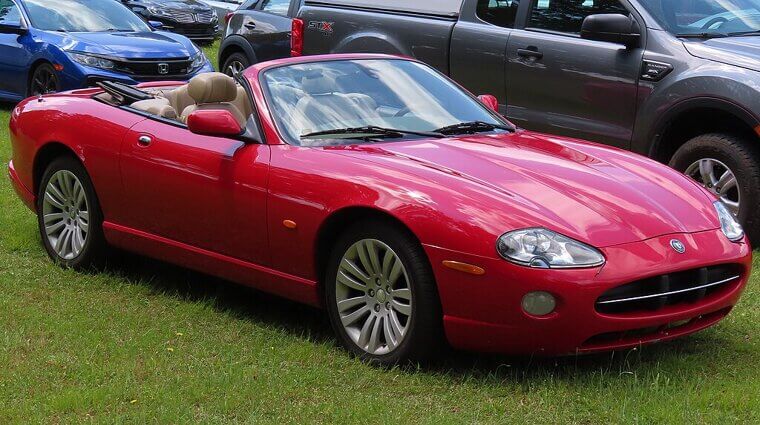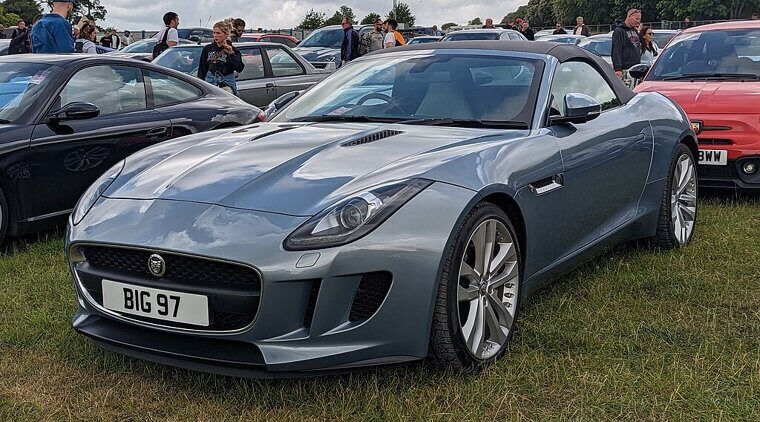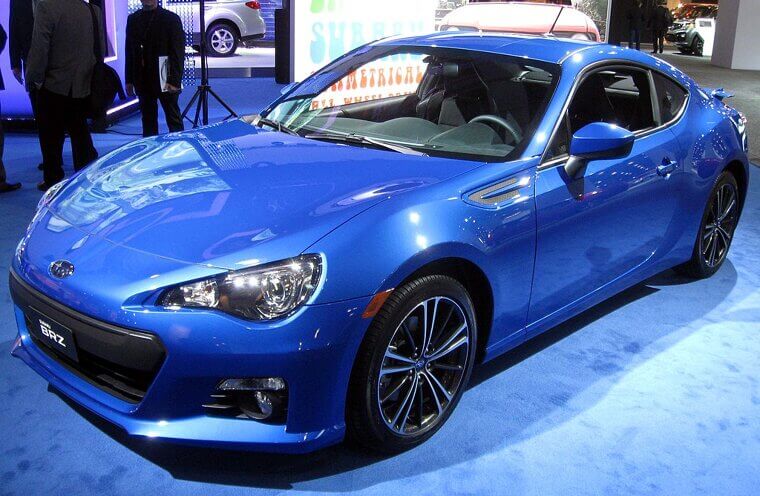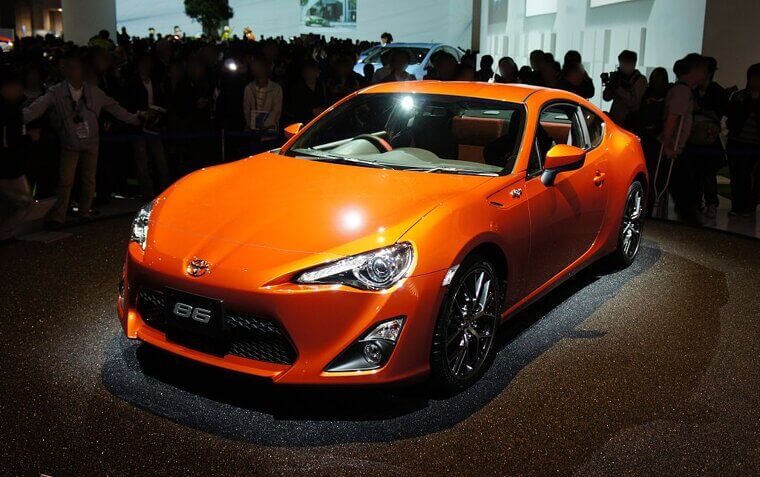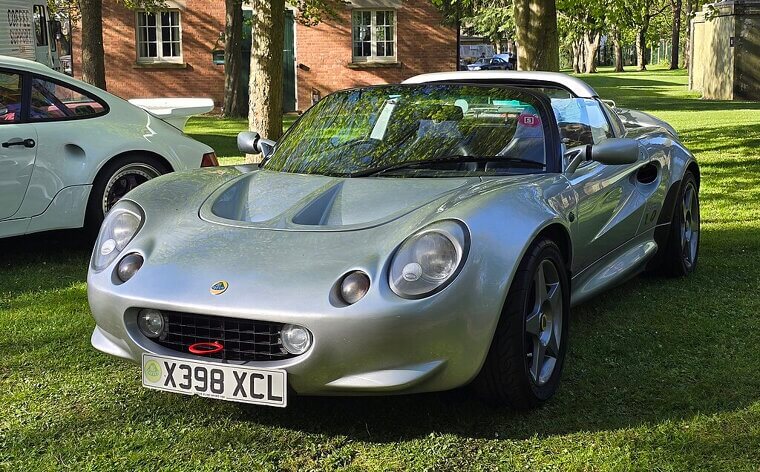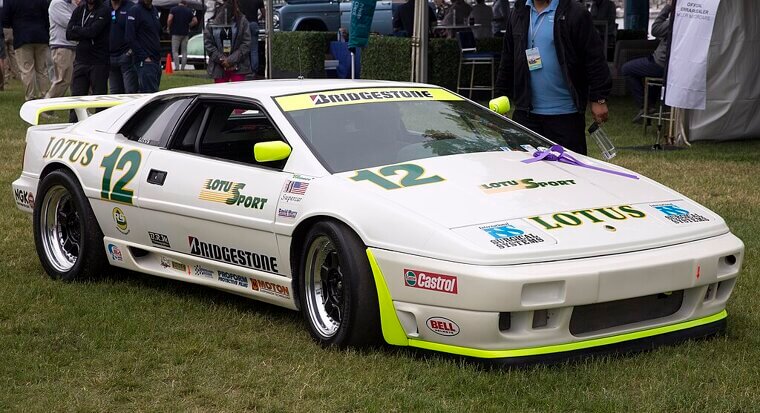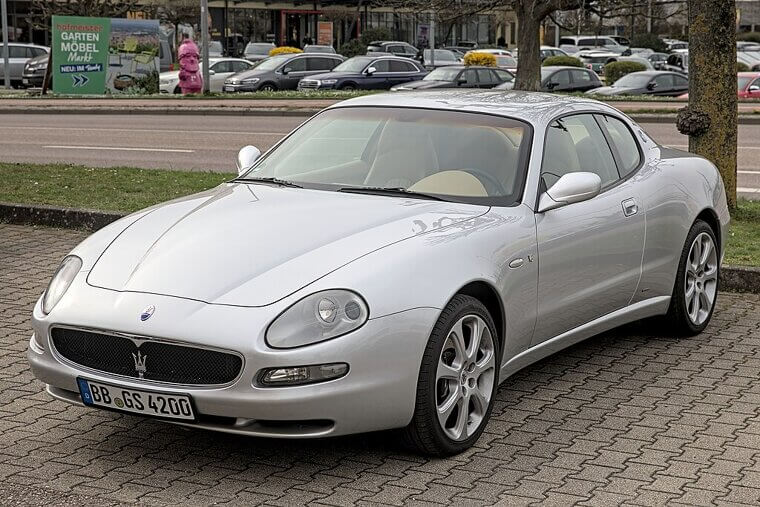Great Rides Often Come With Hidden Costs
There’s nothing quite like the thrill of snapping up a cheap sports car. Sleek lines, growling engines, and the illusion of speed at a bargain price… What could go wrong? Well, these “affordable” rides often come with hidden costs that make buyers wish they’d walked away.
Mazda RX-8 (2004-2012)
Rotary engines are cool until they aren’t! The RX-8’s quirky motor demanded constant care and still loved to fail early. Owners got lightweight handling and high-revving fun, but also oil thirst, flooding issues, and terrifying rebuild costs.
Mitsubishi Eclipse (3rd/4th Gen, 2000-2012)
Once a tuner darling, the Eclipse’s later generations traded performance for style. Its engines weren’t terrible, but parts broke often, and the “sporty” promise felt mostly cosmetic. Many ended up in high school parking lots with peeling clear coats and eBay wings.
Toyota MR2 Spyder (1999-2007)
Mid-engine layout, light weight, and Toyota reliability - what could possibly go wrong? The answer: pre-cat failures that destroyed engines, along with a serious lack of storage space. While it cornered like a champ, many owners spent more time on forums than on the road, swapping engines and regretting their “cheap” purchase.
Hyundai Tiburon (1996-2008)
The Tiburon looked sharp, but beneath the aggressive styling sat average performance and questionable build quality. Interiors rattled, engines felt sluggish, and resale values sank faster than its sporty body kit. A long-term keeper? Only if you enjoy explaining why you didn’t buy a Civic.
Nissan 350Z (Early Models, 2003-2006)
Despite muscular looks and rear-wheel-drive fun at used-car prices, early 350z models suffered oil consumption issues and weak interiors that aged badly. Add in a reputation for being driven hard (and parked even harder), and buyers often ended up with a money pit disguised as a bargain.
Nissan 370Z (2009-2020)
The 370Z offered affordable speed, but long-term costs weren’t so kind. Clutch wear, thirst for premium gas, and rapidly depreciating value turned excitement into regret. While it still delivers a thrilling drive, owners often found themselves wondering why they didn’t just stretch for a Mustang or Camaro instead.
Pontiac Solstice (2006-2010)
The Solstice was GM’s attempt at a budget roadster. It looked great, but quality control was spotty, the trunk was laughably small, and repairs often cost more than the car’s resale value. Owners ended up with a pretty driveway ornament that gave financial headaches.
Saturn Sky (2006-2009)
The Sky was basically the Solstice with sharper styling, which meant it shared the same problems: poor build quality, weak parts availability, and minimal practicality. Its short production run didn’t help resale, either. It was a rare bargain, but not a lasting investment.
Scion TC (2004-2016)
The Scion tC was pitched as a sporty coupe for the youth market, but it leaned heavily on looks. While reliable, it wasn’t particularly fast, and modification often led to early breakdowns. Many ended up abused, over-customized, and driven into the ground - literally.
Ford Probe (1989-1997)
Marketed as a futuristic sports coupe, the Probe was essentially a Mazda MX-6 in a Ford suit. Quirky styling and average performance didn’t help its case, and resale values nosedived. Today, most survivors are project cars nobody asked for.
Chevrolet Cavalier Z24 (1990s)
The Z24 tried to convince buyers it was a sports car with body cladding and badges, but under the hood it was still a Cavalier. Its reliability was fine - boring, even - but its build quality was questionable, and its performance didn’t match the hype.
Dodge Stealth (1991-1996)
The American twin to the Mitsubishi 3000G, the Dodge Stealth offered high-tech features and turbo power. That sounded great, but complexity killed it in the long run. Repairs were wallet-draining, parts scarce, and depreciation unforgiving. Today, survivors often run on duct tape and false hope.
Chrysler Crossfire (2004-2008)
The Crossfire looked like a concept car that accidentally made it to production. Built on old Mercedes underpinnings, it had flashy styling but so-so performance. Interiors aged badly, parts were pricey, and resale value nosedived. Owners loved the attention at stoplights, but hated their mechanic’s invoices.
Fiat Barchetta (1995-2005)
This Italian roadster offered charm and style at a reasonable price, but Fiat reliability jokes didn’t come out of nowhere. Rust, electrical issues, and limited parts availability made it a long-term gamble. Sure, it looked great by the sea… until the salt air ate it alive.
Alfa Romeo GTV (1995-2005)
Sharp looks and lively handling gave the GTV plenty of appeal. Unfortunately, Alfa Romeo’s reputation for maintenance nightmares was alive and well. Expensive repairs and fragile components ensured that many “affordable” GTVs became garage ornaments faster than you could say “bella macchina.”
Alfa Romeo Brera (2005-2010)
Styled by Giugiaro, the Brera was drop-dead gorgeous! However, beauty came at a price: its heavy weight dulled performance, and its reliability didn’t inspire confidence. Cheap examples tempt buyers today, only for them to discover that “affordable Alfa” usually means “endless repair bills with a view.”
Peugeot RCZ (2009-2015)
The RCZ had stunning looks, a double-bubble roof, and plenty of charm. But long-term ownership revealed weak build quality and electrical gremlins that could make French cheese seem sturdy by comparison. It was affordable to buy, but maintenance could quickly soured the romance.
Renault Sport Spider (1996-1999)
The Sport Spider was a lightweight, roofless rocket that screamed “track toy.” Trouble was, it wasn’t exactly practical: it had no roof, no power steering, and little comfort. As a weekend thrill, it was brilliant; as a long-term purchase, most owners regretted realizing daily life requires weather protection.
Opel GT (2007-2009)
Essentially a rebadged Pontiac Solstice/Saturn Sky, the Opel GT also inherited all their flaws. Limited production run, scarce parts, and questionable build quality doomed it as a “cheap sports car.” Many ended up parked while owners Googled “Opel GT parts near me” in despair.
Volkswagen Scirocco (2008-2017)
VW resurrected the Scirocco with sleek styling and sporty promise, but reliability concerns and declining demand hit hard. Engines were quick but thirsty, and interior electronics aged poorly. Today, cheap used models look tempting, but ownership costs have a habit of ruining the fun.
Mini Cooper S (Early R53/R56)
The early Cooper S had go-kart handling, cheeky looks, and supercharged (later turbocharged) punch. Unfortunately, it also brought a reputation for timing chain tensioner failures, fragile transmissions, and random electrical gremlins. Owners found themselves spending more time in the shop than on twisty roads!
BMW Z3 (1995-2002)
Bond drove one, so the Z3 had to be cool, right? Problem was, early models were underpowered, the interior quality iffy, and the suspension wore faster than expected. Add in the usual BMW maintenance costs, and a “stylish bargain” turned into a “should’ve bought the Miata” story.
BMW Z4 (Early E85, 2002-2008)
Sharper and more modern than the Z3, the first-gen Z4 looked the part but brought along the curse of aging German electronics and leaky roofs. Suspension issues and pricey fixes made ownership less affordable over time, and the Z4 aged like milk rather than fine wine.
Mercedes-Benz SLK (R170, 1996-2004)
The folding hardtop was a marvel back in the day, but fixing it when it broke could drain your wallet faster than a Vegas slot machine. Rust also attacked early models with a vengeance. For many owners, their “affordable Mercedes roadster” quickly turned into a money pit with leather seats.
Audi TT Mk1 (1998-2006)
It looked like a Bauhaus concept car made real, but early TT models were infamous for twitchy handling that actually prompted Audi to recall them to add a rear spoiler for stability. Add turbo and electrical issues, and “affordable coupe” often turned into “expensive headache.”
Audi TT Mk2 (2006-2014)
Smoother and sharper than the Mk1 - but still no saint - the Mk2 hid reliability warts that showed up with age. Its turbo engines were thirsty for oil, its DSG transmissions could be fragile, and the repair bills made buyers wonder why they didn’t just buy a Golf GTI instead.
Porsche Boxster 986 (1996-2004)
The car that saved Porsche also broke plenty of wallets. IMS bearing failures, rear main seal leaks, and expensive service intervals gave owners nightmares. It was the cheapest way into Porsche ownership, but “cheap Porsche” is basically an oxymoron.
Porsche Cayman 987 (2005-2012)
The Cayman had near-perfect handling balance, but it also inherited the Boxster’s notorious IMS bearing woes in early years, plus high repair costs. Owners loved driving them… until their mechanic explained that an engine rebuild costs more than the car’s current value.
Jaguar XK8 (1996-2006)
Jaguar brought back the grand tourer look with the XK8, but early engines suffered from Nikasil cylinder liner issues, while the electronics were temperamental at best. Add Jaguar-level depreciation, and this “luxury sports coupe” became a rolling financial sinkhole.
Jaguar F-Type (Early 2013-2016 Models)
The F-Type looked and sounded like a supercar bargain - a crackling exhaust, sultry styling, and plenty of presence. But early models suffered from infotainment woes, transmission quirks, and build quality issues. Buyers loved the drama until they realized it extended to their repair bills.
Subaru BRZ (Early 2012-2016 Models)
The BRZ was hailed as the spiritual Miata rival - lightweight, rear-wheel-drive, and affordable. But early models had the dreaded torque dip, oil consumption problems, and interiors that felt like a rental Corolla. Long-term owners realized they were paying a lot for “fun” without much speed.
Toyota 86 / Scion FR-S (Early 2012-2016 Models)
Different badge, same story. The 86/FR-S made headlines for its purity and affordability, but was roasted for its lack of power and questionable build quality. It was great on a track day; however, daily driving highlighted just how cheaply Toyota/Subaru trimmed costs.
Lotus Elise (Used, Early 2000s Models)
The Elise is basically a road-legal go-kart - lightweight, razor-sharp, and utterly impractical. But that charm faded when owners faced leaking roofs, fragile clamshell bodywork that cost thousands to repair, and creature comforts that made a Flintstones car feel luxurious.
Lotus Esprit (1990s Models)
It looked like a supercar, sounded like a supercar, and… broke like a supercar. Quirky British electrics, fragile gearboxes, and hard-to-source parts made Esprit ownership a test of patience. Even when it ran well, constant tinkering meant it was basically a project car with leather seats.
Maserati Coupe/GranSport (2002-2007)
Maserati’s stylish V8 grand tourer turned plenty of heads, but emptied plenty of wallets. The “Cambiocorsa” automated manual gearbox wore out fast, electronics were famously temperamental, and depreciation was brutal. Owning a Maserati is basically a part-time job.

